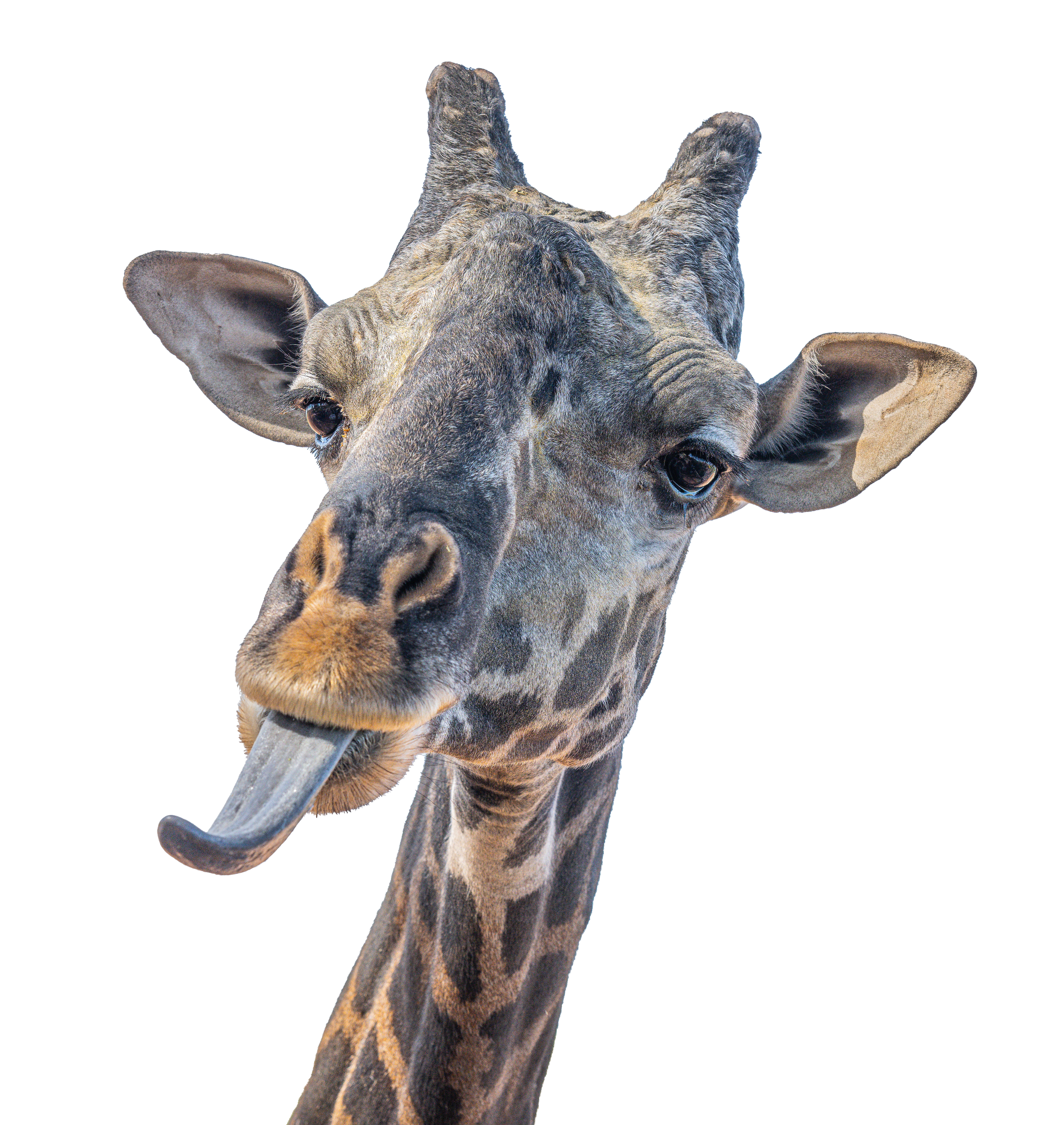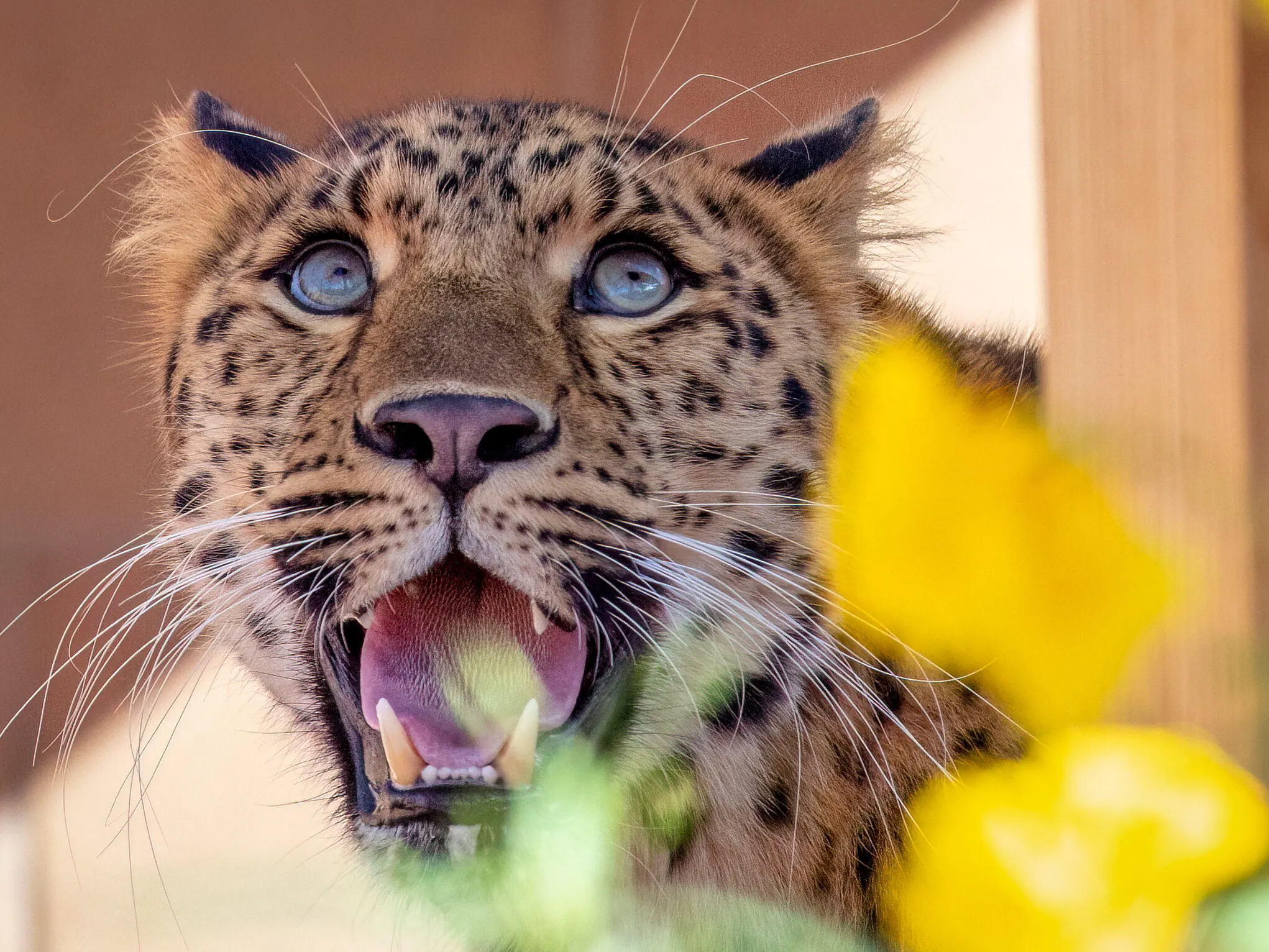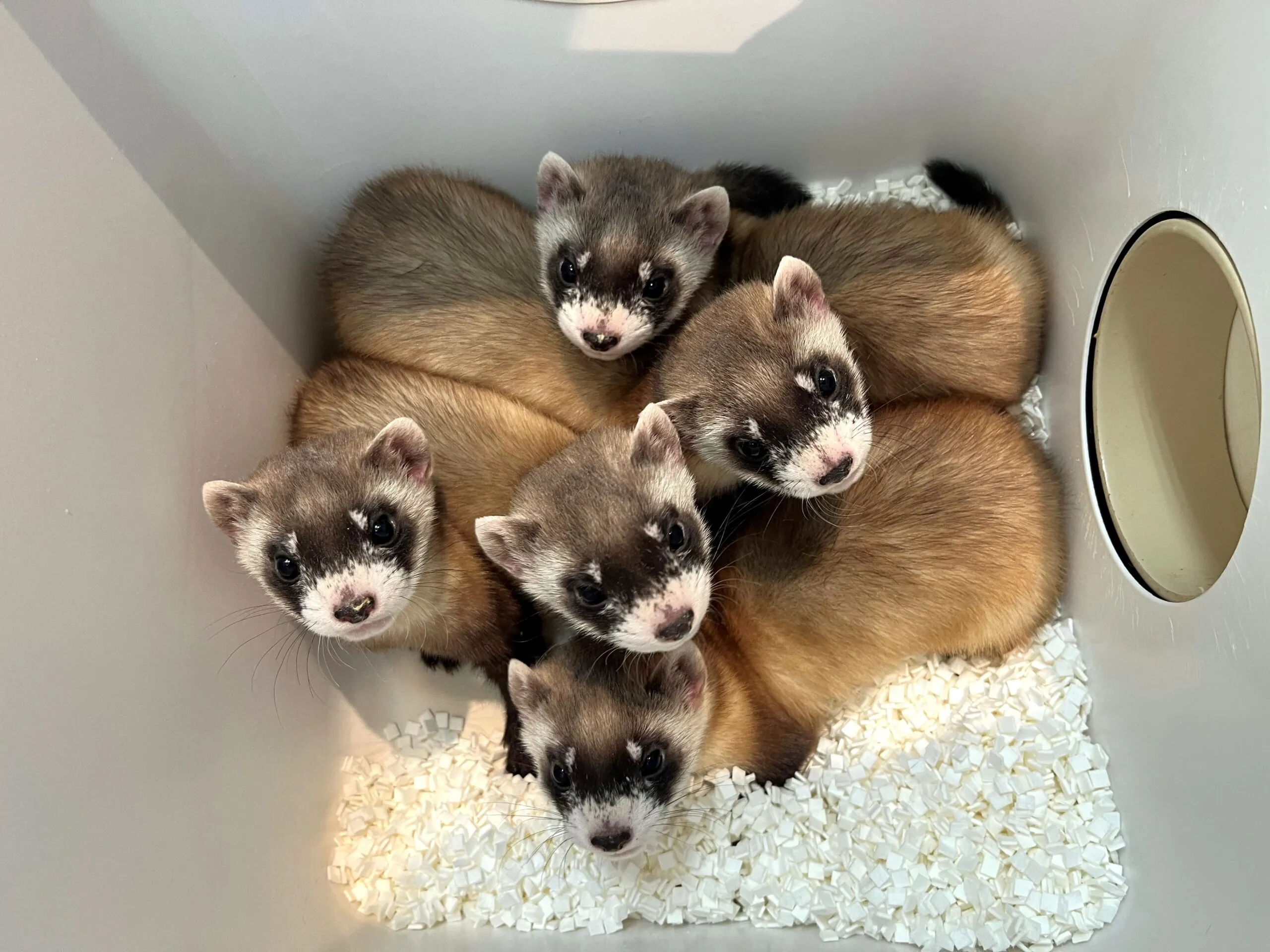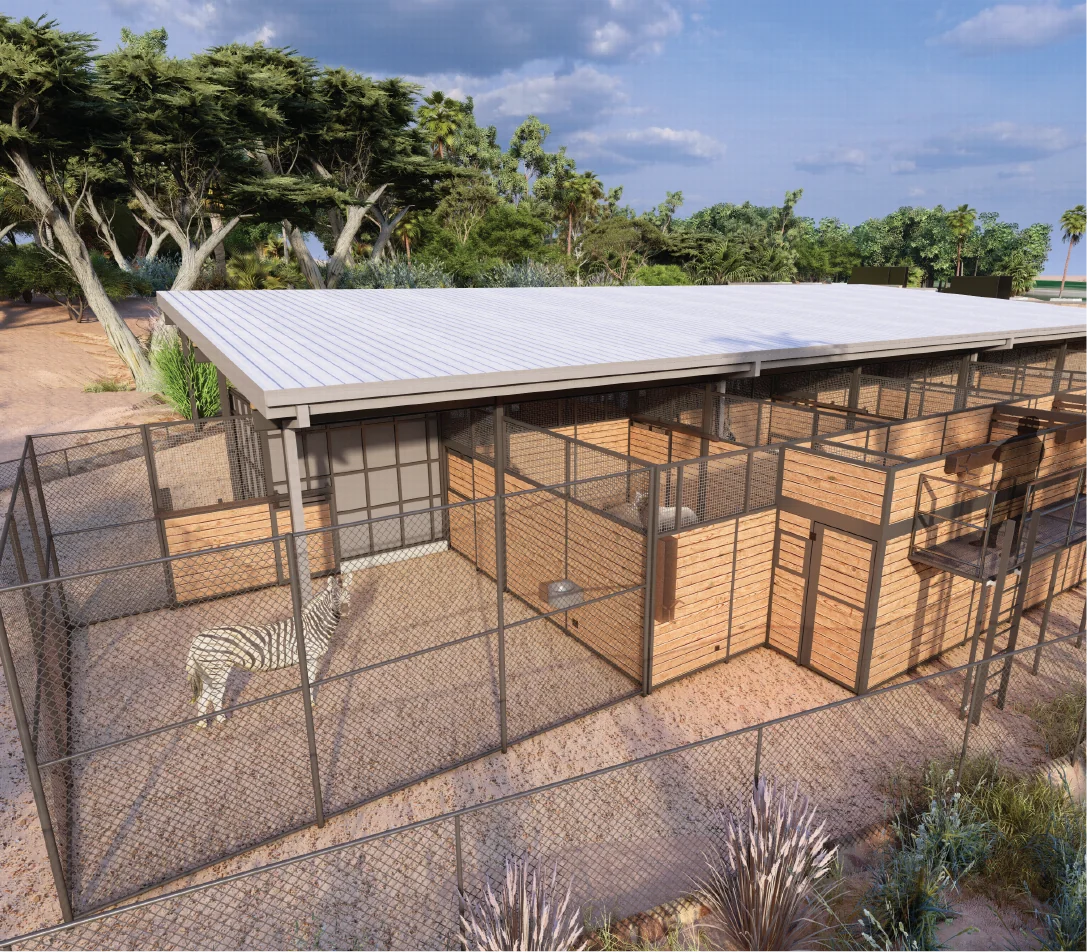Sonoran Desert Tortoise
Gopherus morafkai
A Keystone Species
A keystone species is a plant or animal so integral to an ecosystem that its presence on the landscape helps to ensure the success of many other organisms. In large part due to their digging behavior, desert tortoises are one such species. These tortoises dig extensive tunnel systems in their habitats, which serve as shelter for many species that cannot dig their own burrows. If you ever see a desert tortoise in the wild, don’t pick it up! They may release all of their stored fluids. Their slow growth rate and low fecundity make desert tortoises vulnerable to removal, lack of food to eat, and urbanization.
One Becomes Three
Desert tortoises were considered to be a single species for over 150 years until the last decade or so. Scientists have since split the desert tortoise into 3 separate species: the Mohave Desert tortoise (Gopherus agassizii), the Sonoran Desert tortoise (Gopherus morafkai), and the Goode’s thornscrub tortoise (Gopherus evgoodei), with the latter only found in Mexico. The decision to split these tortoises into separate species was based on significant differences in DNA analyses, physical characteristics, and habitat preferences.
Competitive Dating
If you think you’ve had it rough on the dating circuit, you should count yourself lucky compared to desert tortoises. The males of these species are equipped with a “gular horn,” a specialized portion of their plastron (bottom shell) that extends out underneath their throat. During courtship time, males must compete with each other. However, instead of starting bands or going to the gym to impress the ladies, these males flip their rivals over with their gular horn. If an overturned tortoise is unable to right itself, it can overheat and perish in the sun. Maybe our dating culture isn’t so bad after all!
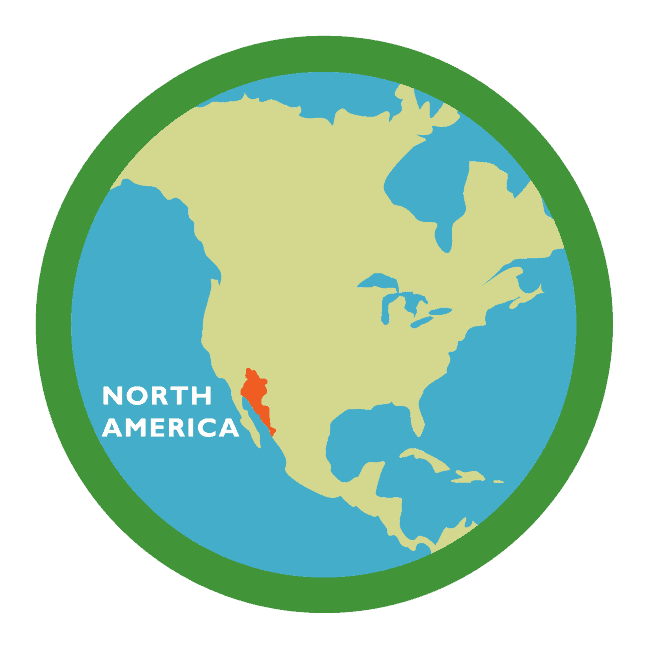
Diet: grasses, flowers, fruits, cacti
Zoo Diet: herp salad, grass
Habitat: deserts, grasslands, woodlands, shrublands
Length: 6 – 15 in
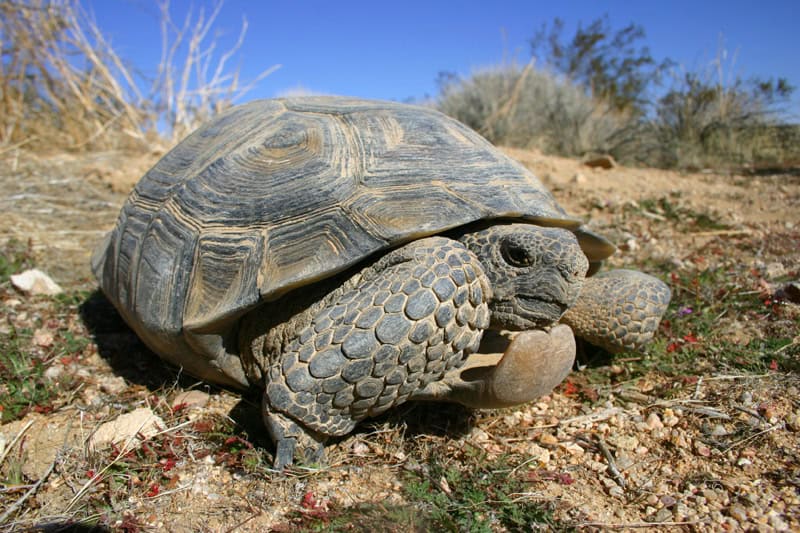
Plan your visit today!
The Phoenix Zoo is one of the largest non-profit zoos in the U.S., caring for over 3,000 animals, with nearly 400 species represented, including many threatened/endangered species.
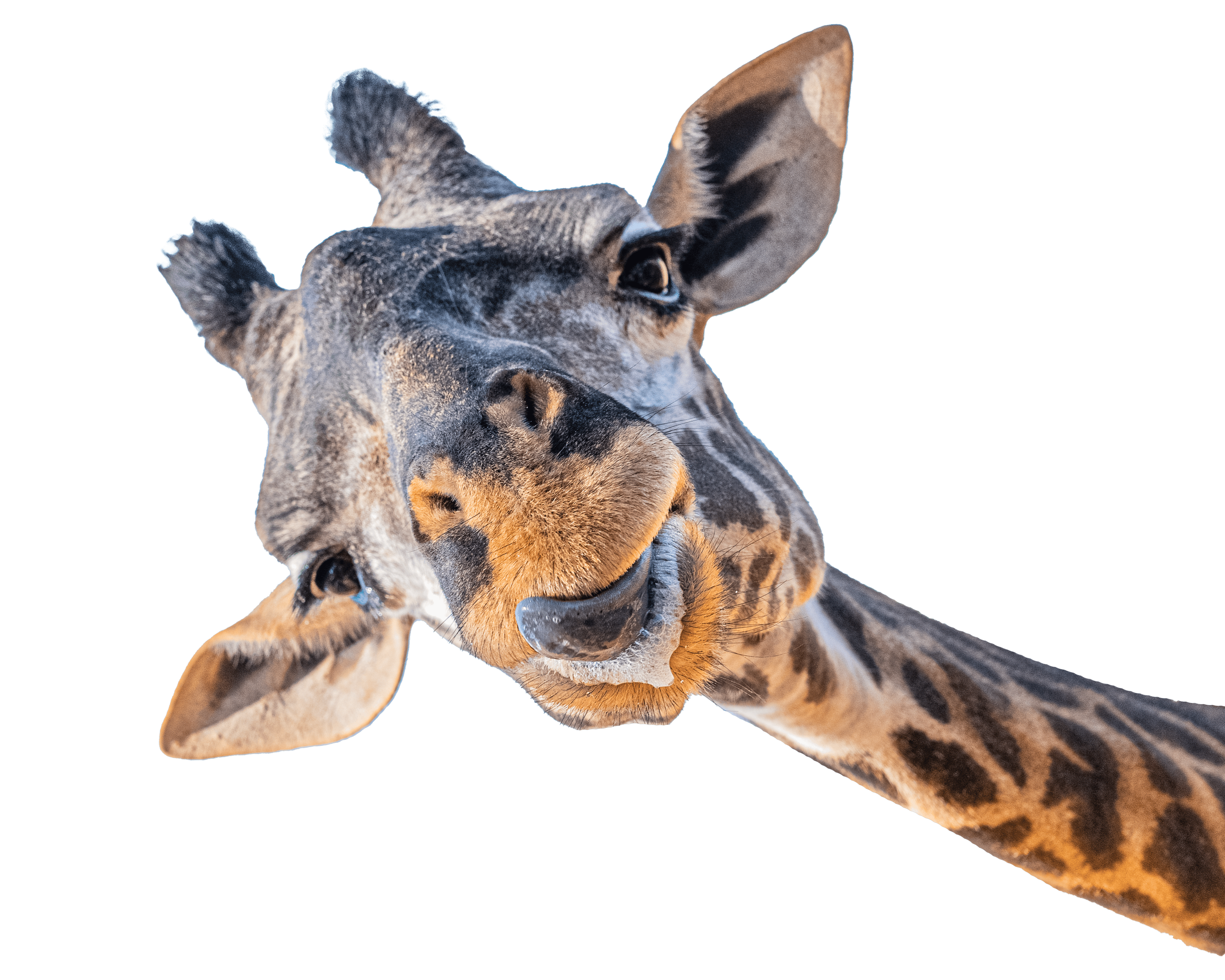
Plan your visit today!
The Phoenix Zoo is one of the largest non-profit zoos in the U.S., caring for over 3,000 animals, with nearly 400 species represented, including many threatened/endangered species.
